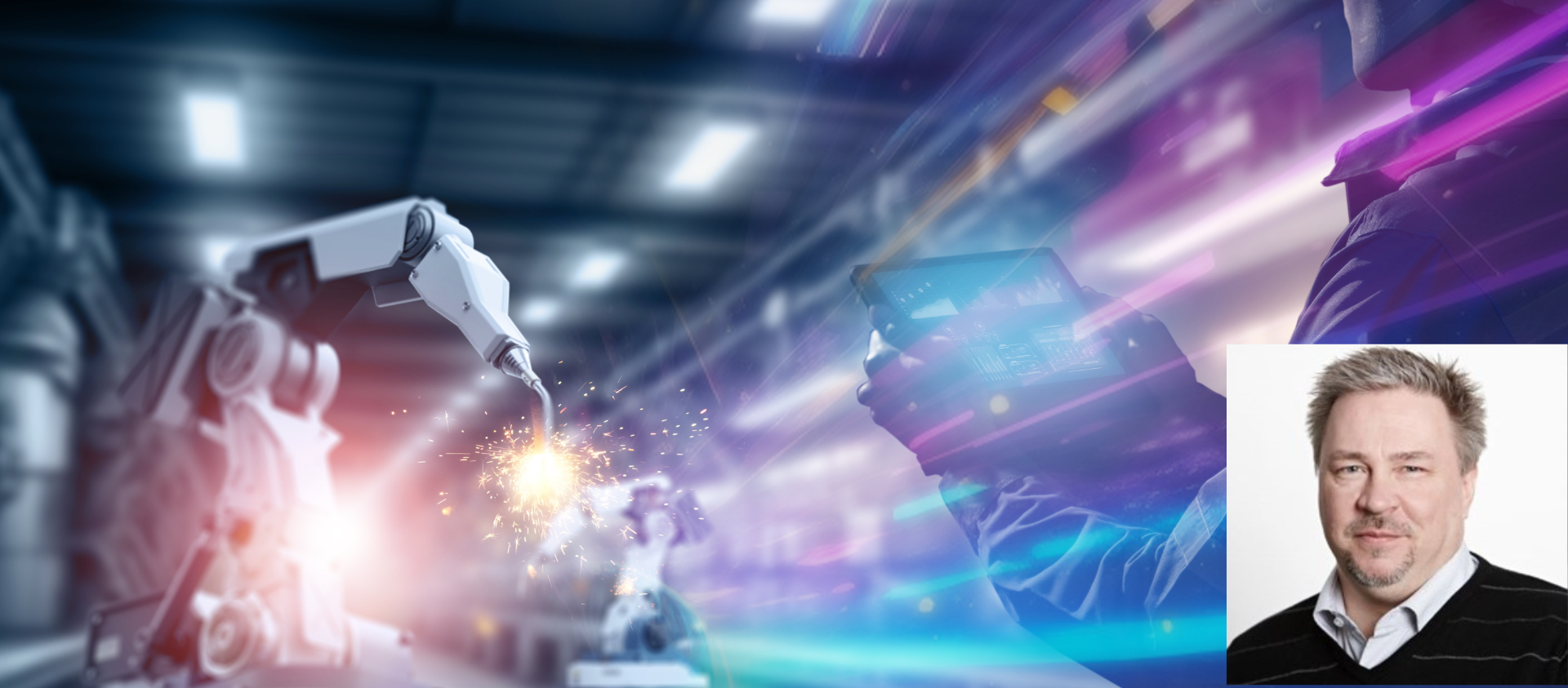The industrial Metaverse is a world where real machines and factories, grids and transportation systems are mirrored in the virtual world. In this digital environment, problems can be found, analyzed, and fixed quickly – or even discovered before they arise. We spoke to Håkan Tyni, IT director at LKAB, who is highly involved in the company’s work towards an industrial Metaverse.
Hi Håkan! When did this work start at LKAB and why?
”We have been working with a model-based approach for several years now, and to call it industrial Metaverse is to make it more concrete. For us, it’s about being relevant. If we don’t make sure to be part of this new technological development and work long-term to implement it, our competitors will.”
Could you describe the idea behind industrial metaverse?
”Metaverse is where virtual reality supports people working hands on, on site. A virtual navigator where we can see the present, history and predict the future to understand problems and processes better and find optimal solutions.”
Why do you think we need to head towards this direction?
“We have to move from a document-based to a model-based way of working and where we have a digital representation of LKAB in near real time. We are heading towards a future where we must be connected with our customers and suppliers in a more automated way in order to always have updated data for automated or manual decisions. This means that we simultaneously have the ability to predict disruptions and decision consequences.”
What are the main challenges?
“Model-based working means that we will work more data-driven, which in turn will affect many of our work processes. Bringing people on a journey of change is always a challenge. On the information side, we in the industry must work together with new standards to increase automation in the exchange of information. Then we must be able to work patiently to implement it for many years to come.”
So, where are we in 20 years?
”I believe that Industrial Metaverse will streamline production both for us, our customers and our suppliers. With globalization we had to automate a lot, and this is just another step in the same direction we have been heading for the last 100 the years.”
